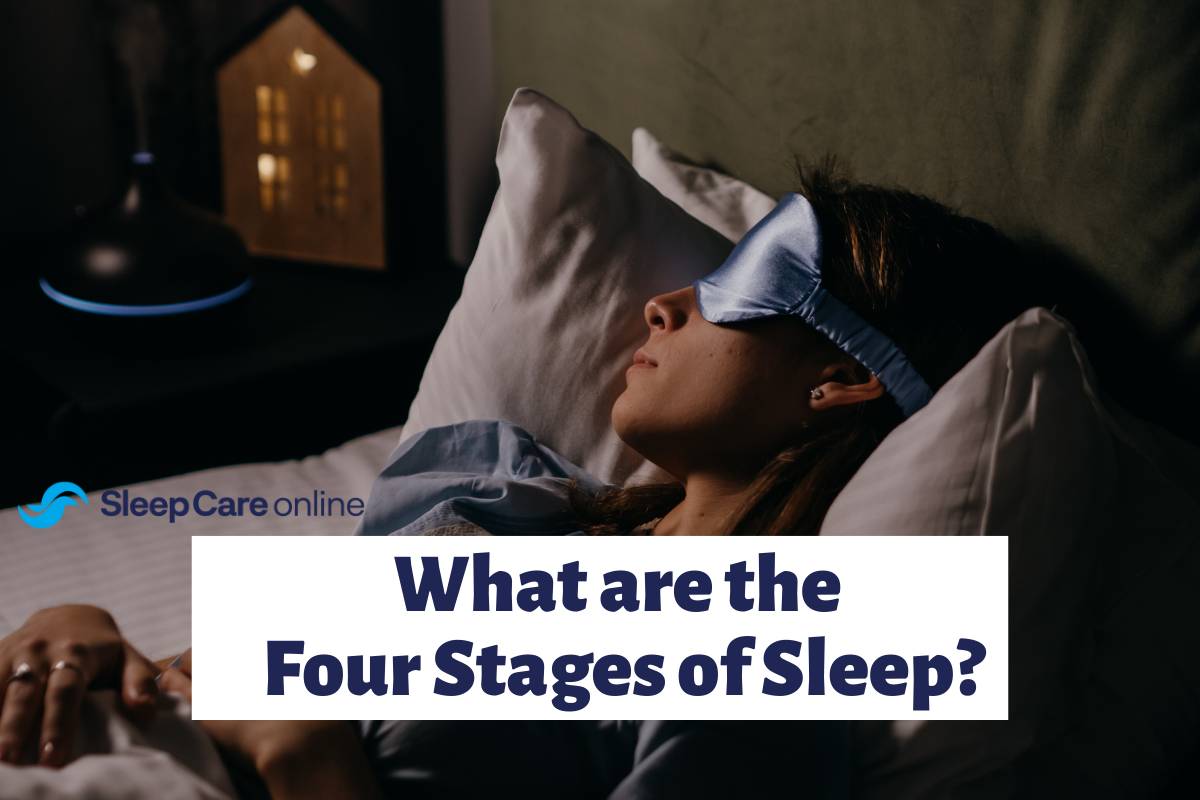What is a Tonsillectomy?
A tonsillectomy is surgery to remove the tonsils inside your mouth. Tonsils are lumps of tissue on both sides of the back of the throat that help the immune system protect the body from infections. This surgery is very common, and many adults and children get it every year.
Symptoms of Tonsils and Sleep Apnea
Having swollen tonsils results in feelings of a sore throat and breathlessness. That’s because tonsils swell up and block a person’s airway, making it difficult to breathe. It could also result in a person experiencing sleep apnea due to the difficulty in breathing while asleep, resulting in frequent wake-ups.
Sleep apnea can significantly worsen a person’s sleep health if left undiagnosed or treated. A few symptoms of sleep apnea include:
- Restless sleep
- Waking up gasping for air
- Excessive daytime sleepiness (EDS)
- Snoring or noisy breathing during sleep
- Pauses in breathing while sleeping
- Enlarged tonsils
- Difficulty waking in the morning
- Morning Headaches
- Irritability, depression, or mood swings
Role Of Tonsils and Adenoids in Our Bodies
Adenoids are glands that are located between the airway in a person’s nose and the back of the throat. They are patches of tissues that sit inside the nasal cavity, and like tonsils, trap bacteria and viruses that a person could otherwise breathe in or swallow. Both tonsils, located in the back of your throat, and adenoids contain immune cells to kill any harmful bacteria that is breathed in before it can spread to the rest of the body. Both tonsils and adenoids are part of a person’s immune system and can be compared to lymph nodes that can be found throughout the rest of your body.
Why is a Tonsillectomy Done?
A tonsillectomy is usually performed for sleep-disordered breathing but may still be a treatment when tonsillitis occurs frequently or doesn’t respond to other treatments. If you get frequent throat infections, a doctor may suggest having this surgery done.
Does A Tonsillectomy Help With Sleep Apnea?
Having swollen tonsils results in children having sleep apnea more than it affects adults. 79% of children with sleep apnea have their symptoms resolved through a tonsillectomy (tonsils removal).
Adults can also get their tonsils removed if they frequently have swollen tonsils which results in sleep apnea. A tonsillectomy for adults can be effective, but may not provide a complete fix to sleep apnea symptoms.
In some instances, a tonsillectomy may be the ideal treatment. About 5-10% of all adults with sleep apnea would be good candidates for tonsillectomy as a first-line resolution. This depends on other factors such as if traditional CPAP therapy has not worked or if the sleep apnea in the adult patient was directly caused by an abnormality in the tonsils.
When Is a Tonsillectomy Recommended for Patients With OSA?
Some people are born with enlarged tonsils, which can present a whole host of problems for a person, but most commonly, sleep apnea. The airway will easily get blocked by the oversized tonsils, which can cause breathing to repeatedly stop.
Oftentimes, enlarged tonsils are noticed in children early on, which is one of the most common reasons that children have their tonsils removed at an early age. However, sometimes sleep apnea may not develop until a person becomes older. If a person has oversized tonsils and experiences sleep apnea, then tonsil removal can be performed to help treat the disruptive sleep patterns.
Complications of Enlarged Tonsils
Enlarged tonsils occur when a person has frequent and/or persistent infections. They also could be naturally large due to genetics and other factors. Enlarged tonsils can cause problems such as difficulty breathing or disruptions in breathing during sleep, which could result in sleep apnea.
Studies Related to Tonsillectomy and Sleep Apnea
Some medical studies have concluded that a tonsillectomy can be of help for some adult patients with sleep apnea, especially among patients with large tonsils and mild to moderate obstructive sleep apnea. Seeking out alternative treatments before surgery, such as CPAP therapy, is always the best measure for any adult sleep apnea patient.
Things To Keep in Mind During a Tonsillectomy
Before surgery, your doctor will do a routine check to make sure you’re healthy enough for surgery. They may also request blood tests. Your healthcare provider will give you a list of detailed preoperative instructions. You should follow these guidelines closely.
Your doctor will give you general anesthesia to keep you asleep and comfortable during your procedure. Next, they’ll remove your tonsils. You won’t feel pain during this step. In most cases, a tonsillectomy takes about 20 to 30 minutes to complete. It could take longer in some instances.
After your tonsillectomy, your medical team will transfer you to a recovery area. There, your provider will check your vital signs (blood pressure, heart rate, and blood oxygen levels) and make sure there are no postoperative complications.
Get Tested for Sleep Apnea
If you feel like you are in need of CPAP therapy or may have sleep apnea, the first step to take is to get tested for this sleep disorder. Sleep Care Online makes that process easy by offering a sleep apnea testing service that can be done alone, in the comfort of your own home! For more information, click the link below or call us at 866-465-4478 today!





